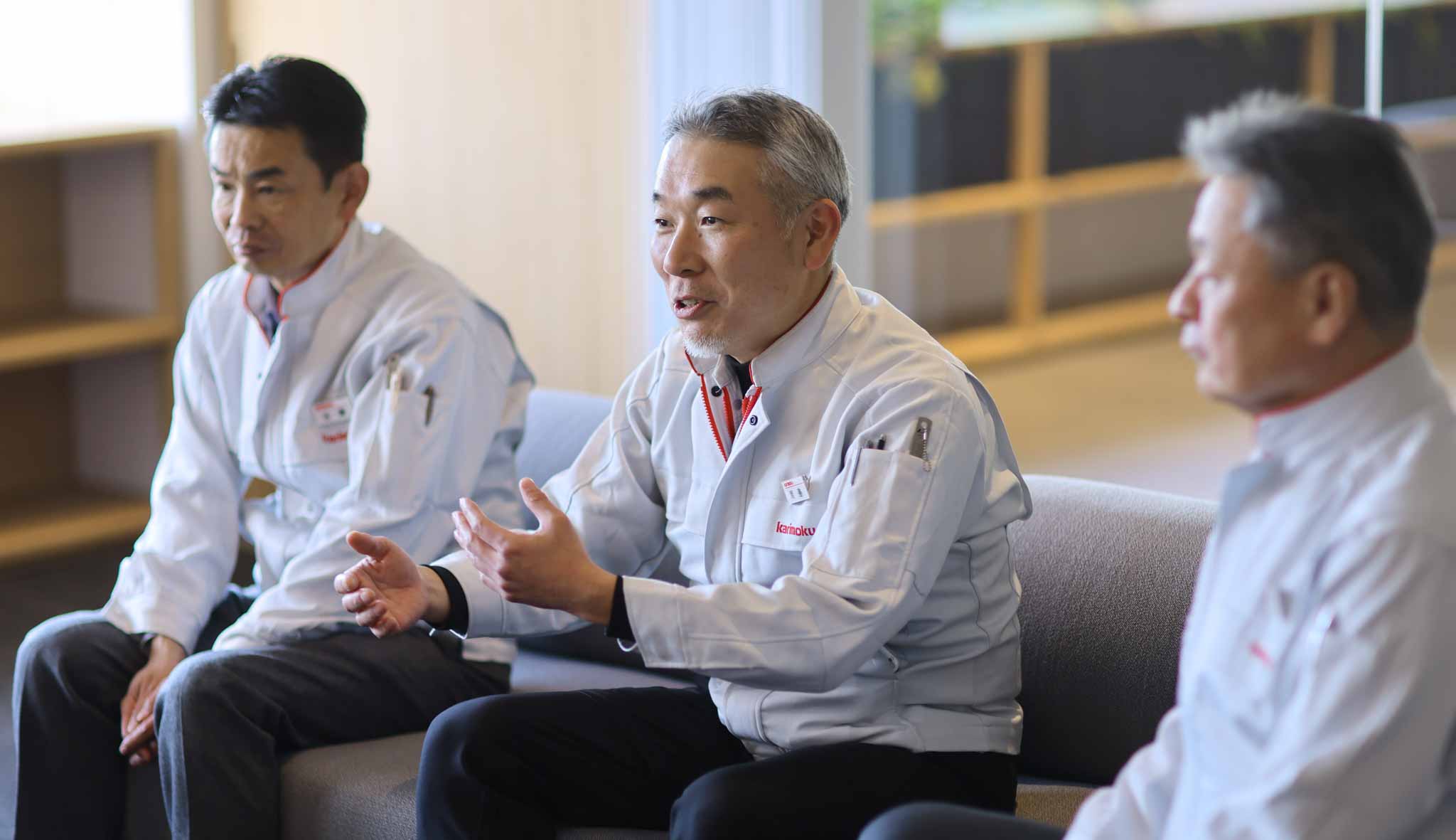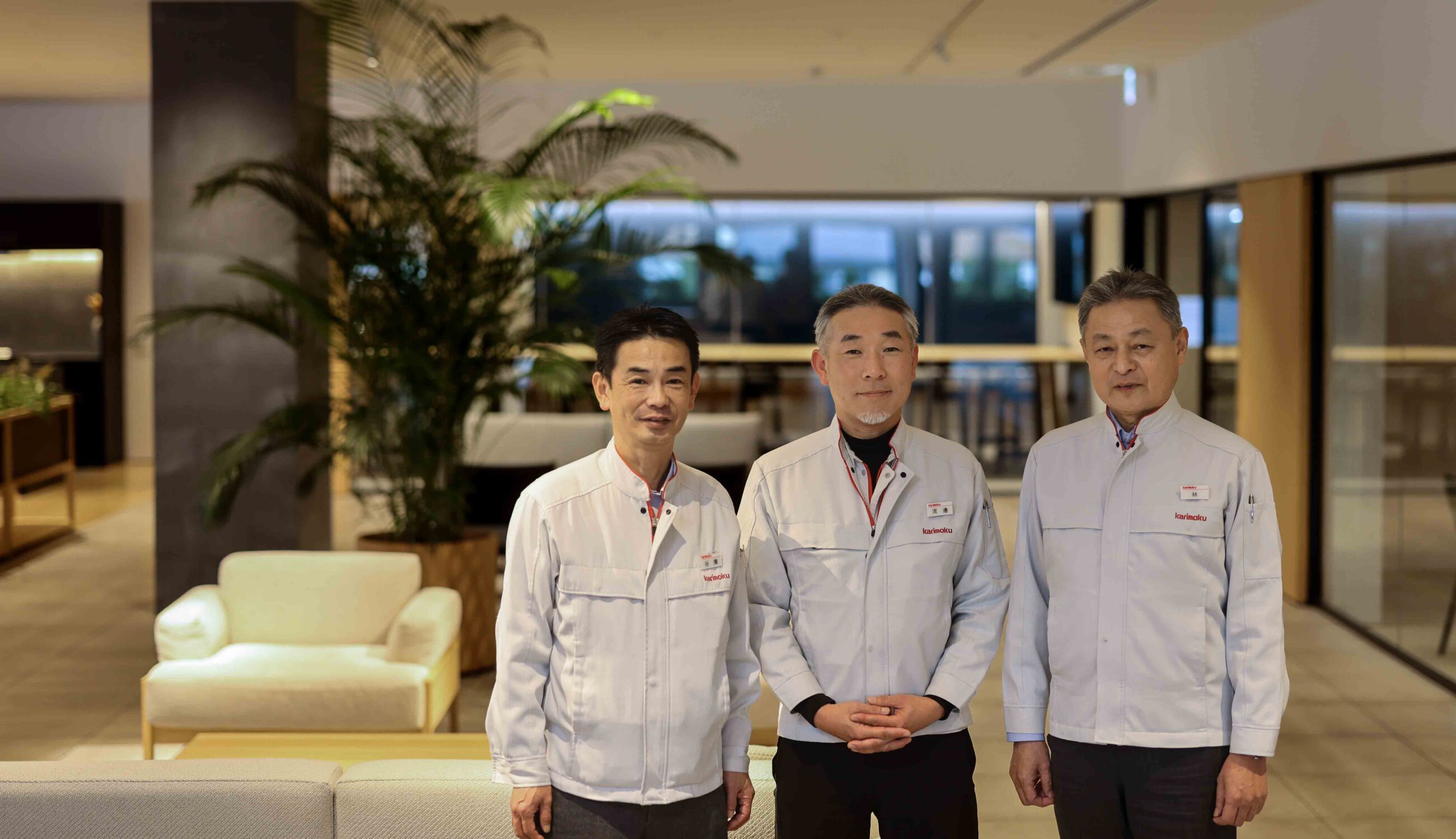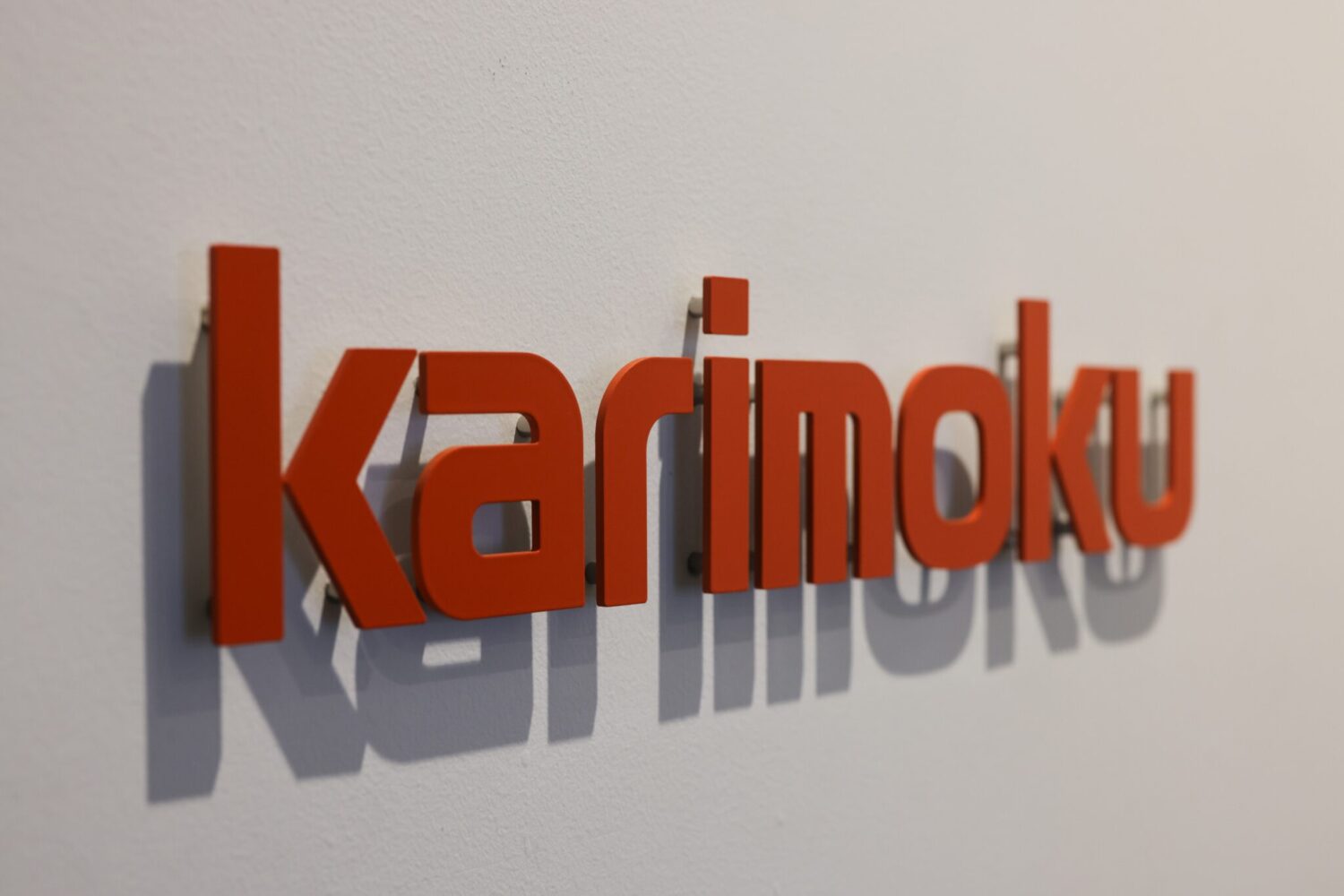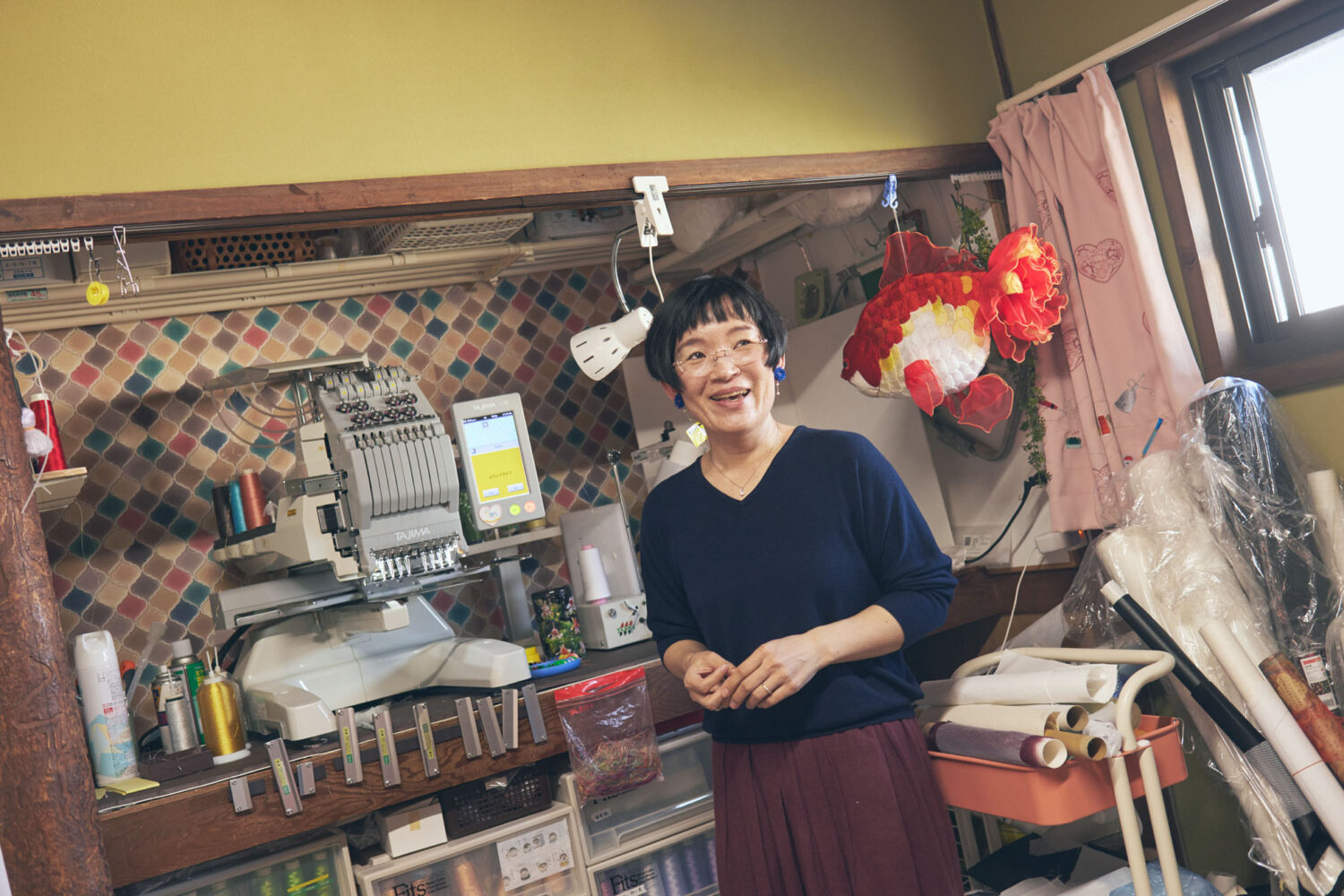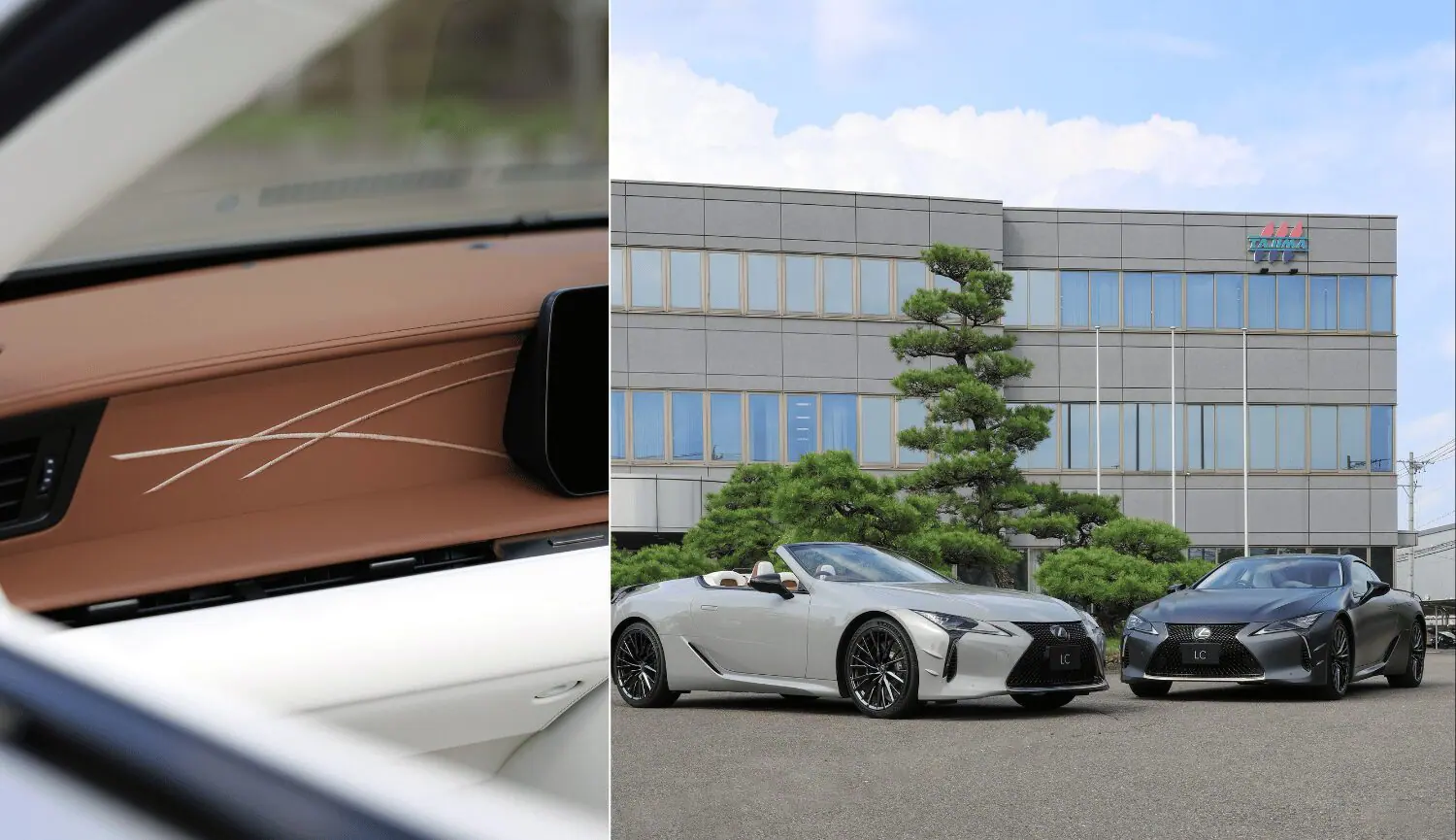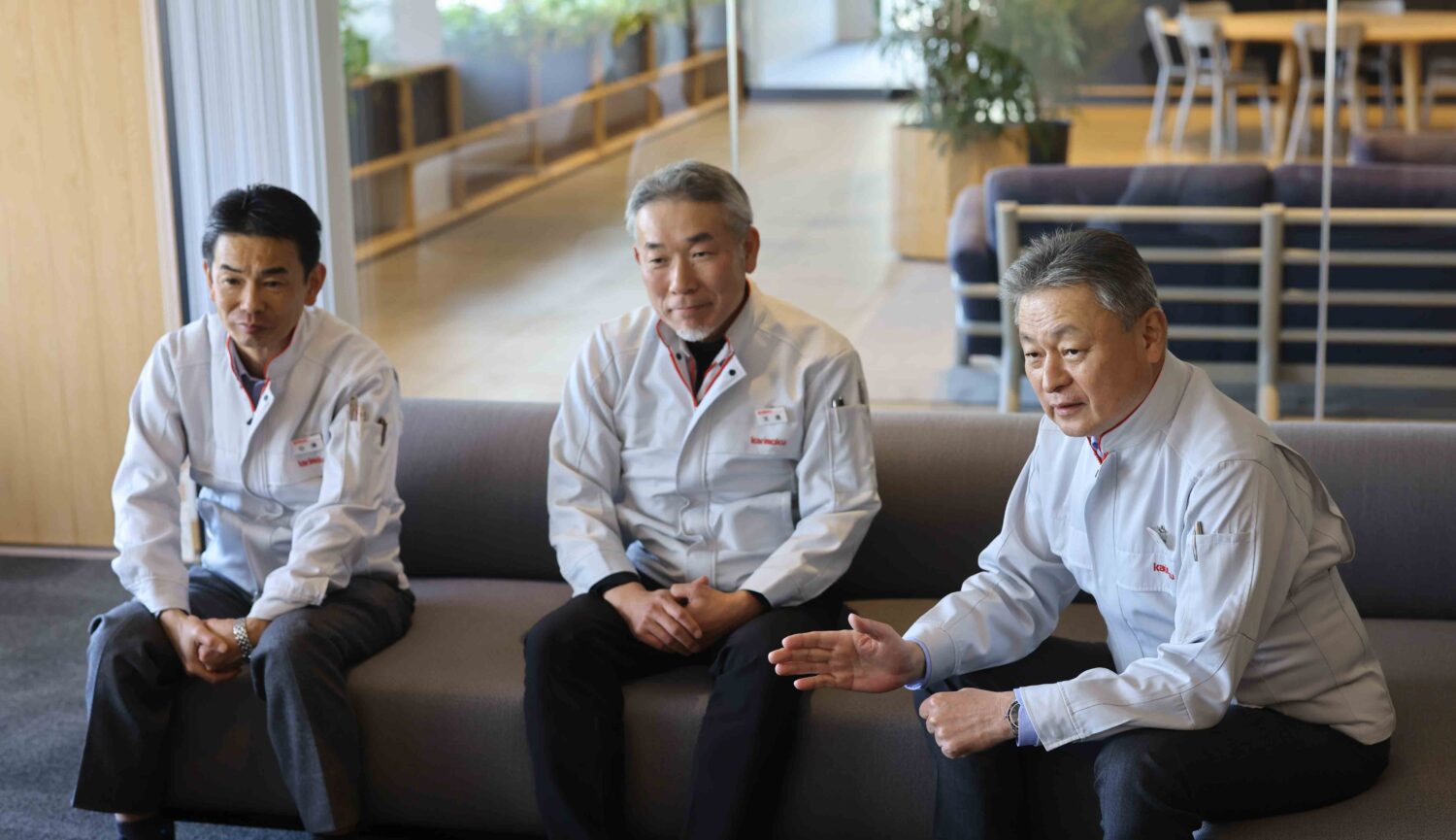
Using PAX embroidery machines to add decorative touches to sofas.
What is the concept of “individualized design” the company strives to achieve?
Karimoku Furniture Inc.
Hiroyuki Hayashi
Tetsuya Tanizawa
Kohei Watanabe
Karimoku Furniture Inc., a comprehensive furniture manufacturer, has integrated Tajima’s PAX multi-function embroidery machines into its production since 2018. These machines are pivotal for Karimoku, as they combine perforation, multicolor sewing, and multicolor embroidery capabilities into a single unit. This technological advantage allows Karimoku to craft sofas renowned for their superior design quality. We inquired about the specific ways in which Karimoku utilizes the PAX machines to cater to their diverse customer demands.
Karimoku Furniture Inc.
Headquartered in Chita-gun, Aichi Prefecture, Karimoku Furniture is a prominent furniture manufacturer known for its commitment to “Quality First.” Dedicated to enhancing users’ lifestyles, Karimoku produces high-quality furniture through a comprehensive approach that spans material procurement, manufacturing, and sales. Their advanced technical capabilities and rigorous quality control systems ensure the creation of premium products that consistently meet high standards.
Transforming Stitching into Decoration Creates New Potential
Q: Please tell us what got you interested in Tajima’s PAX.
Although we are primarily manufacturer of wooden furniture products, this upholstery plant mainly produces sofas. While considering what we could do to give our sofas an edge over the competition, we thought of adding the expression “decoration.” While decoration had already been making inroads in the car seat sector, we can’t think of many examples in the field of furniture. We figured that adopting this early on would allow us to differentiate ourselves from other companies, so we then contacted Tajima.
What we found particularly outstanding in Tajima’s PAX proposal was the fact the machine can do perforation and quilting simultaneously. In addition to the enhanced design sense that perforation provides, the fact that the high-precision quilting is matched to the position of the perforations was extremely appealing to us.
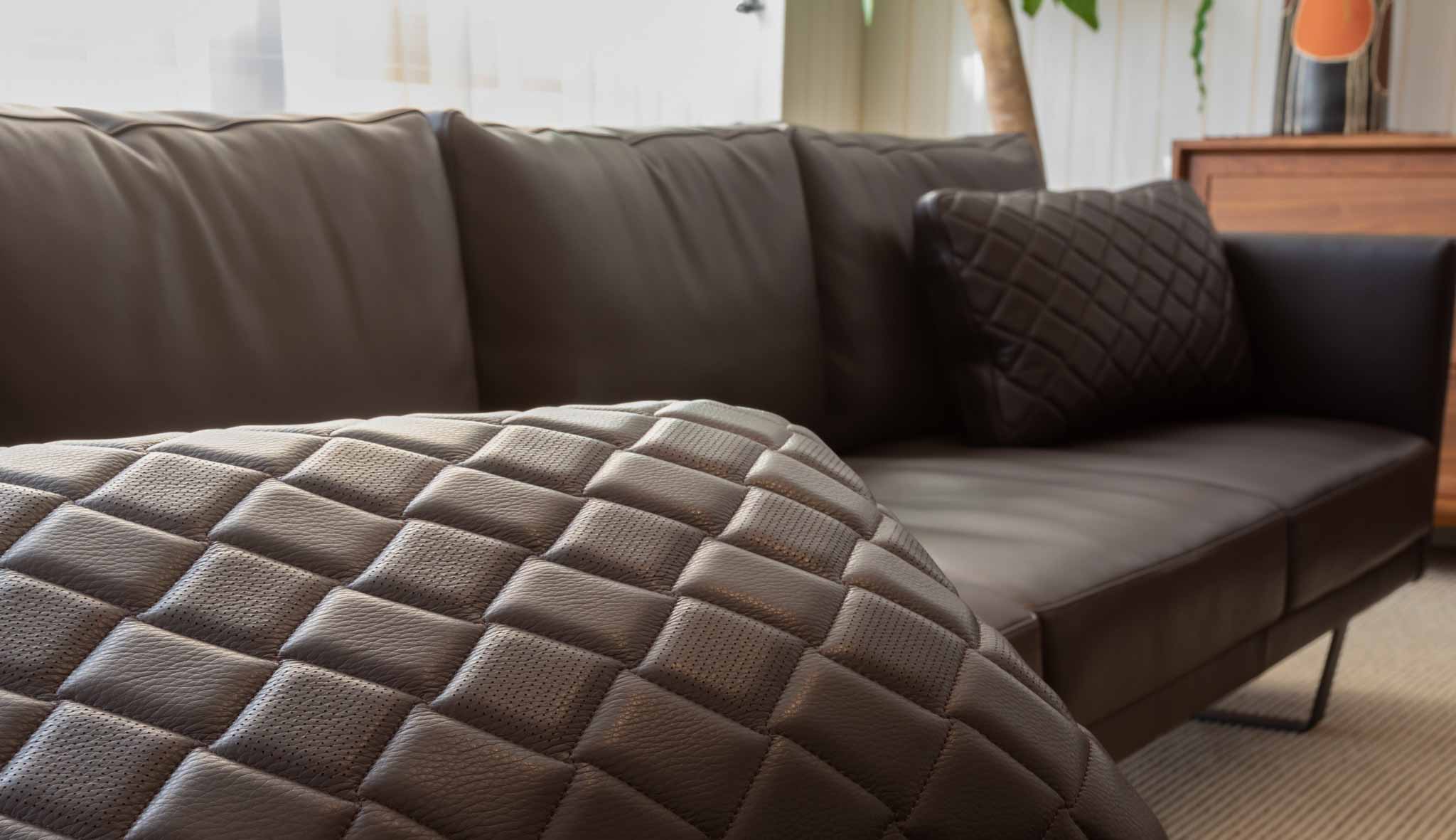
Q: What kind of products do you actually use the PAX for?
Some of the sofas we make feature perforation and decorative stitching on arm cushions. We also add quilting to sofas made from high-quality materials. Although we only use PAX on a limited number of products, we are working to expand the variety. For example, we want enable our customers not only to choose the color of the leather for their sofa, but the color and pattern of the stitching as well. That’s how we aim to develop our business.
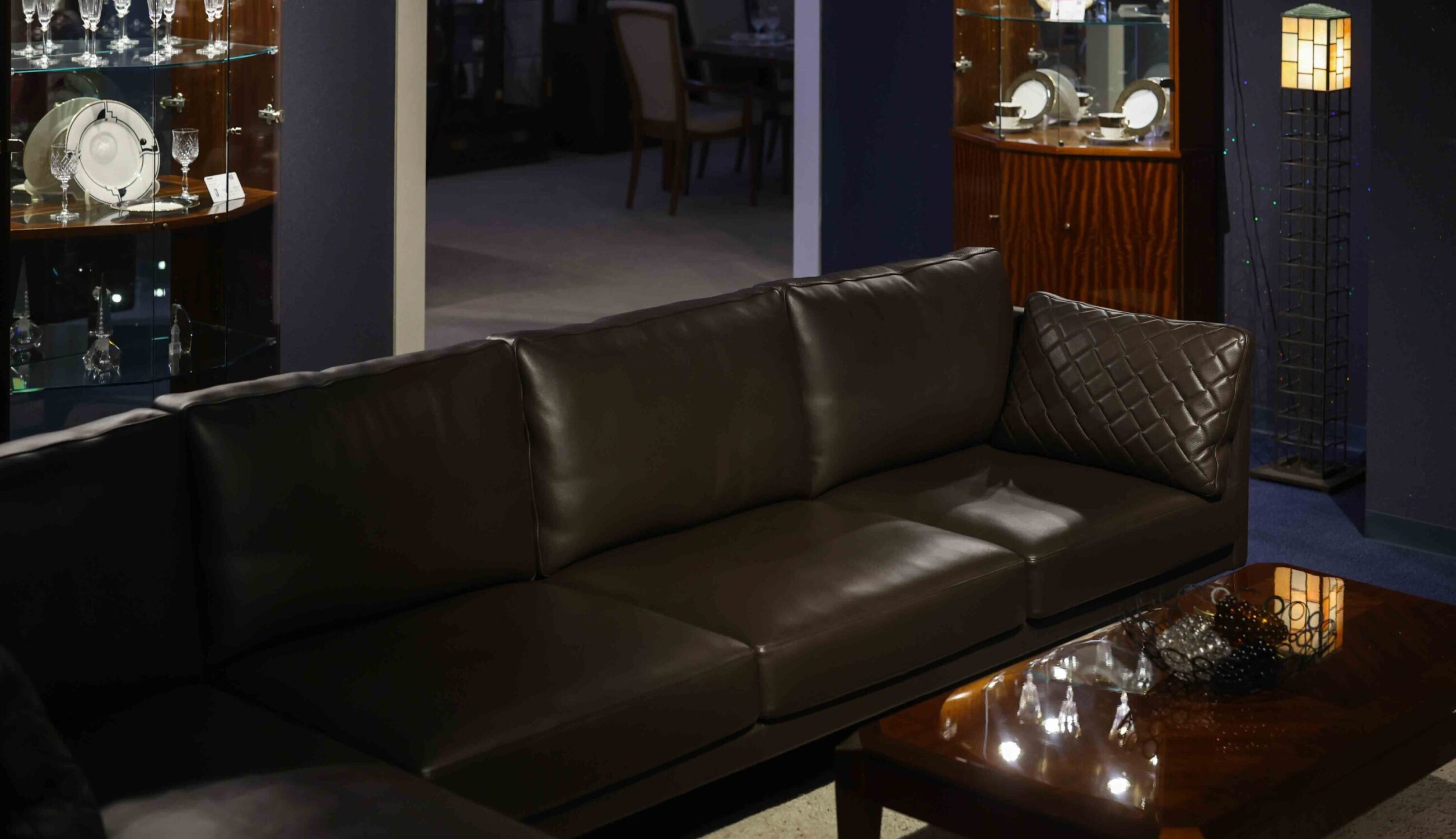
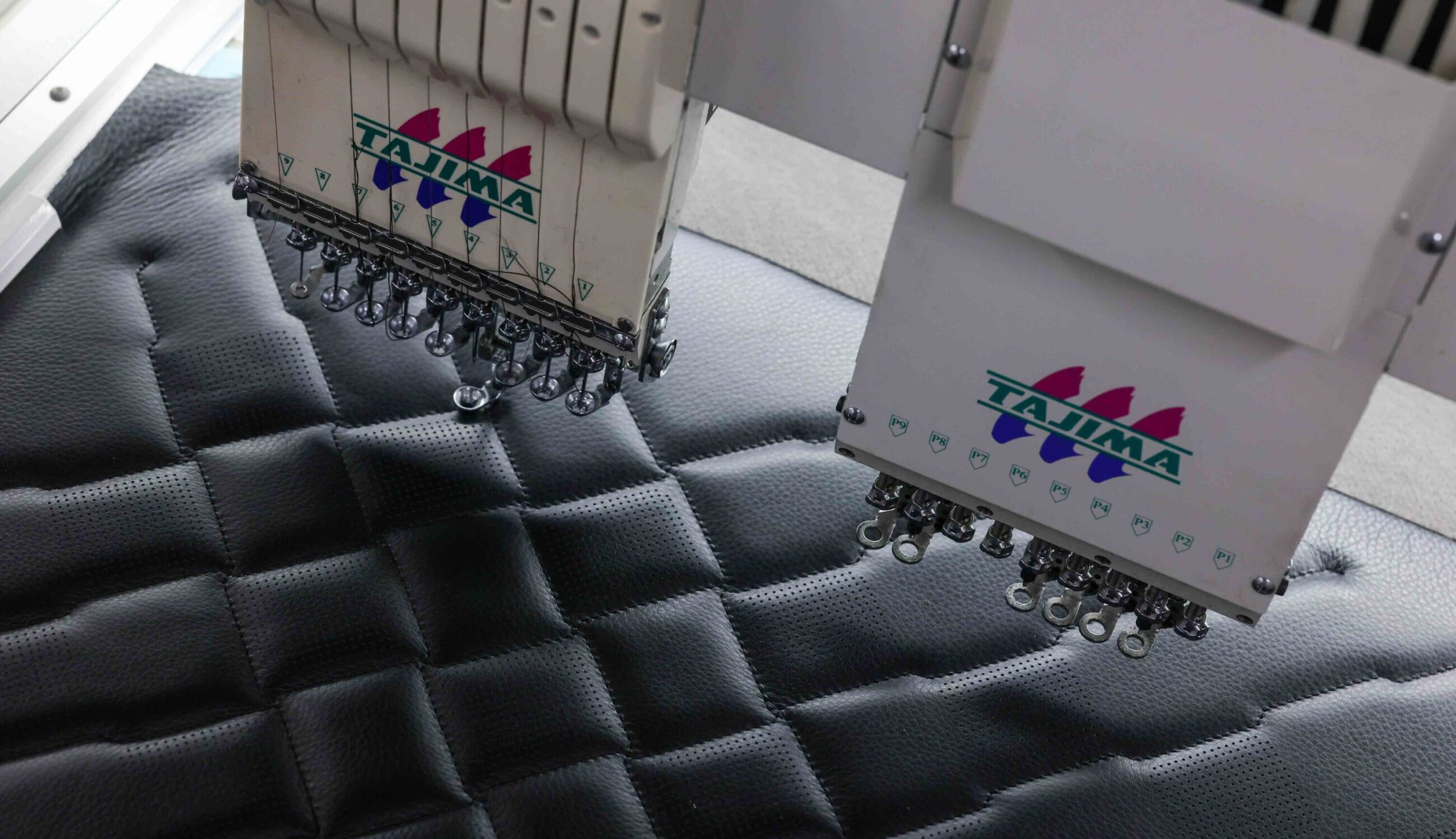
Q: Was there anything in particular about perforation that you were aware of or paying attention to when you started using the PAX?
Probably it was creating the data. We took a trial-and-error approach in adjusting the designs, repeatedly changing the positions of the perforations and the stitching sequence. To increase efficiency in stitching, we wanted to do the stitching in one pass as much as possible. But we hit some snags, for example wrinkles remaining when we tried to sewing in one pass, so it took a long time to find the best sewing method. But because we were so focused on getting the data right at the prototype stage, the process of adding the perforations and decorative stitching to the product went smoothly.
Q: Please tell us if you feel there are any particular functional benefits from perforation and quilting, apart from the design aspects.
Well, it improves the sofa’s “rebound.” When someone sits on the sofa, it compresses, pressing down on the leather. The perforations provide openings for air to pass in and out, helping the leather return naturally to its original shape. Additionally, we insert urethane foam under the leather and sew it together during the quilting process. We believe this design also enhances seating comfort.
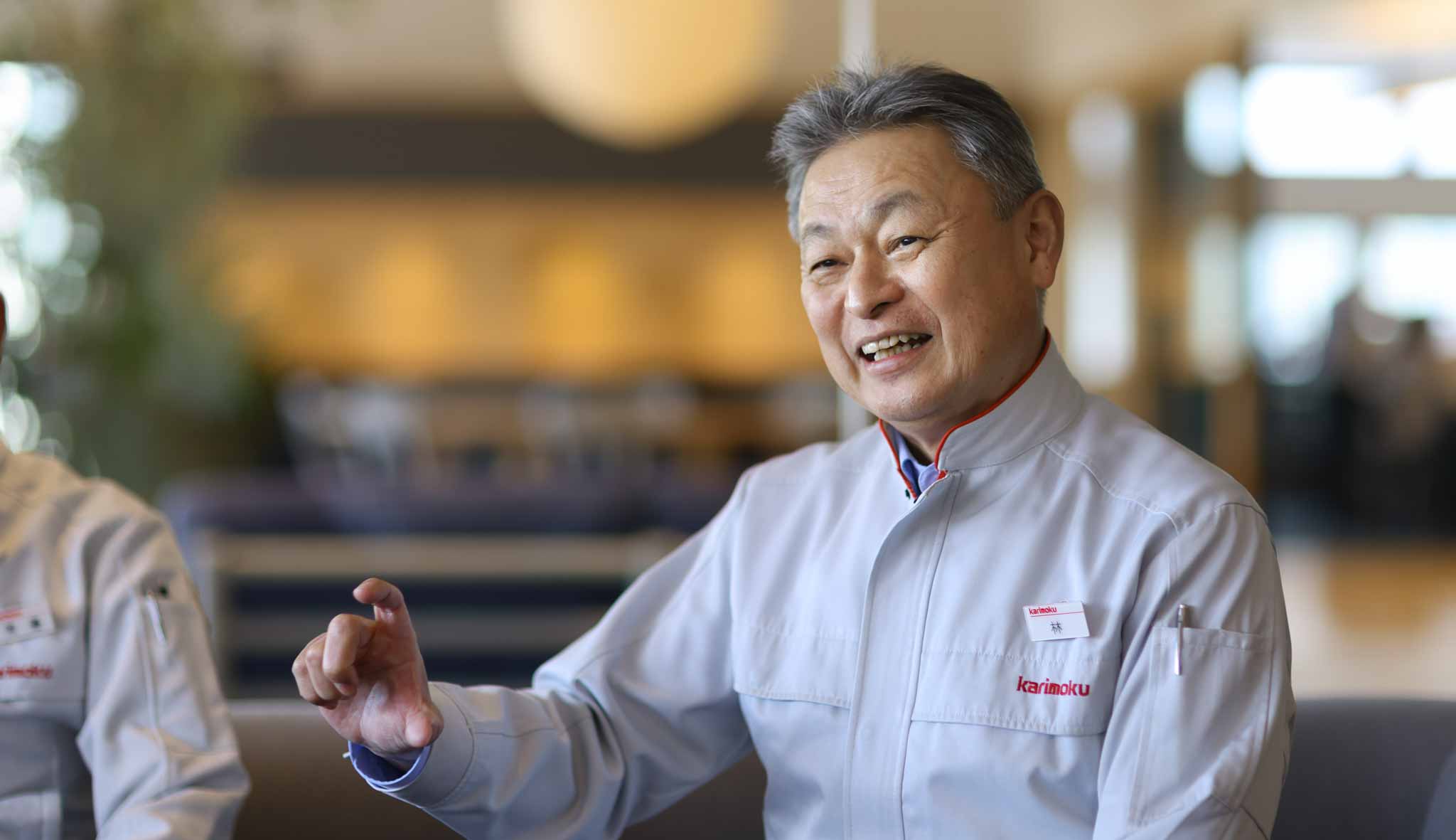
Knowing the Customer’s Wishes Leads to Better Quality
Q: Could you please provide a bit more context or specify the particular aspects of trends in the furniture industry? What changes do you foresee in customer needs?
First of all, the Covid-19 pandemic increased demand for products for the home, and the trend towards improving the home environment has intensified. Since then, although inflation has caused people to focus more on saving, we think the demand for better lifestyles is going to continue as before. We get the impression that customers who are particular about their lifestyle are buying our sofas. As needs diversify, we believe it will become even more important for us to respond even more precisely to each individual customer’s wishes.
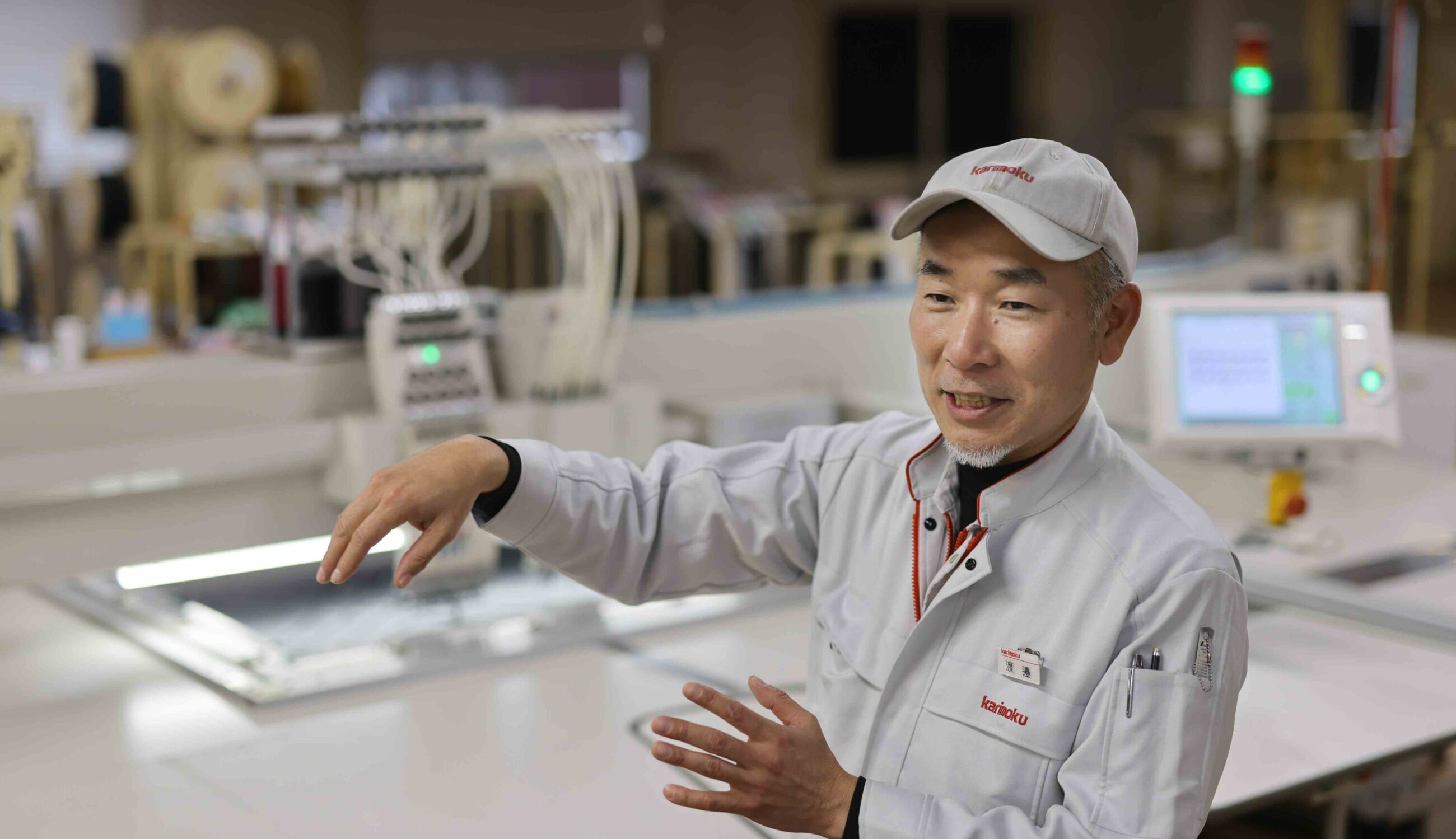
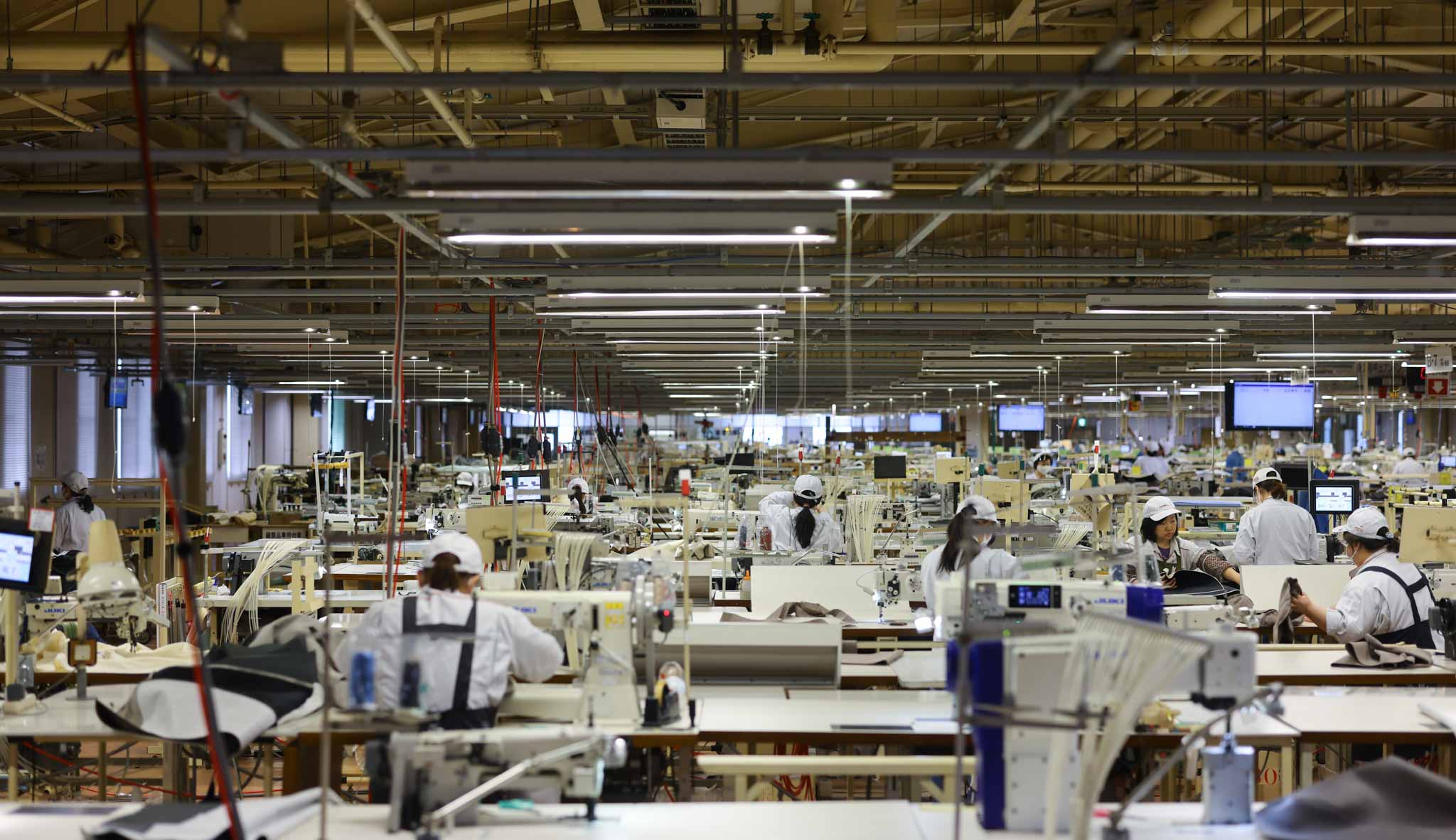
We used to make fifty or a hundred of the same sofas simultaneously, but once we started manufacturing products to meet our customers’ specific needs, we were producing fewer units per lot. Since providing our customers with more tailored responses, we have been stitching and finishing each sofa individually, one by one. We have a stronger desire to create products that our customers will love using, focusing on personalization through the manufacture of furniture.
Q: So, you were already thinking about personalization when you started building to order.
Yes, that’s right. We were one of the first companies in the industry to start reupholstering leather—that was about thirty years ago. Since then, we have evolved and expanded the scope of this individualization, such as in how we deal with changing sizes.
However, unlike with cabinets and chests, people rarely order any change in the shape of sofas and chairs. It’s difficult to change the form, but we can add originality with decoration, so we aim to use that to our advantage.
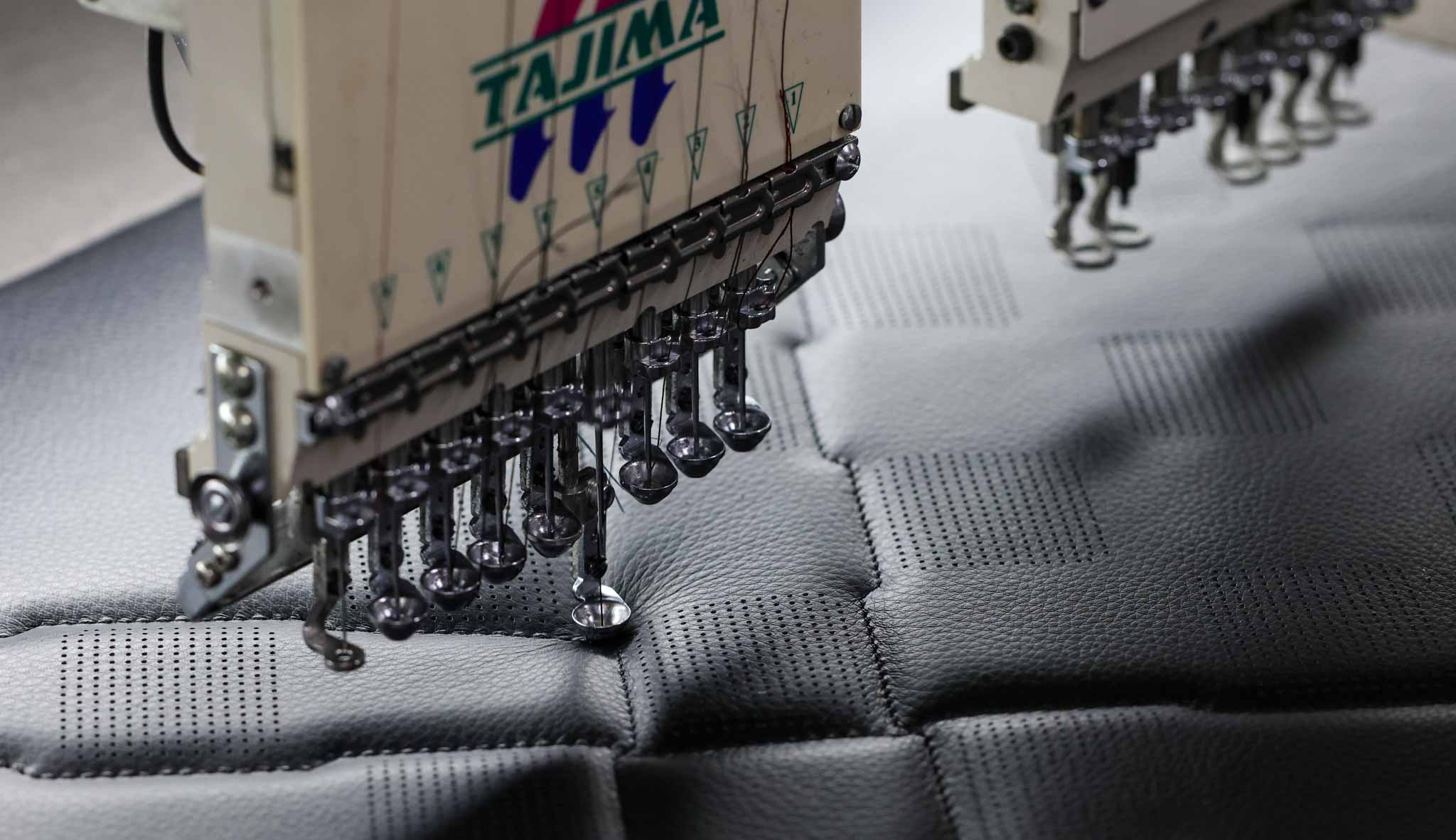
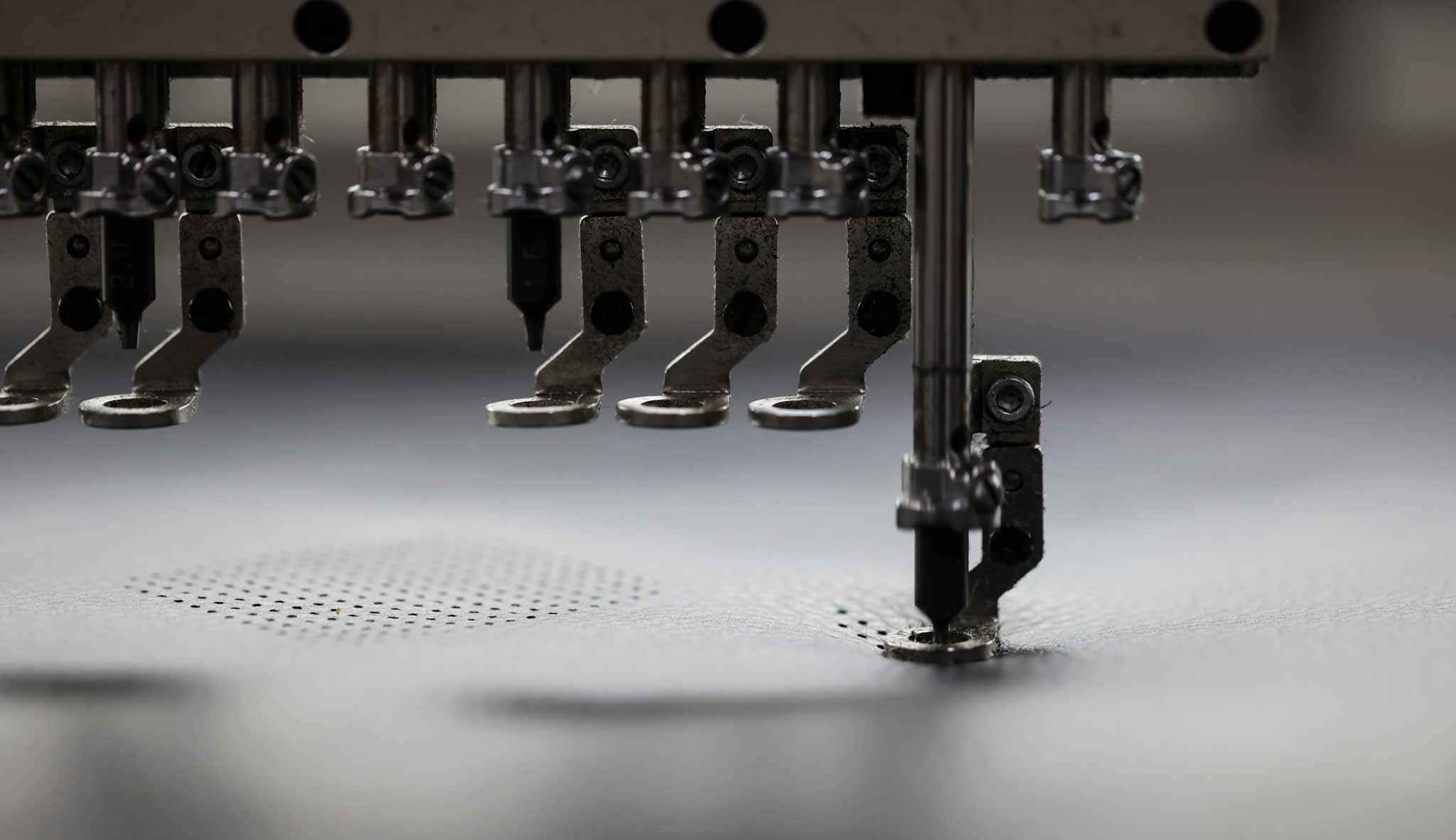
Q: Your company has always focused on quality. Has your approach of providing customers with highly individualized solutions resulted in higher quality?
With our business philosophy being “Quality First,” our approach to manufacturing products has always prized quality above all else. We have systemized all processes, from procuring the materials to manufacturing, sales, and delivery to our retailers and customers. We deliberately utilize these systems to ensure customer feedback is constantly reflected in our products. We make sure that the thoughts of our customers who buy the sofas are shared with the people who are actually making these products at the factory. We think maintaining that sort of awareness is critical.
Q: What do you think customers who buy sofas will increasingly want in the future?
Today, many people enjoy choosing colors, but we get the sense it will increasingly become a matter of choosing the material. There is a wide variety of fabrics to choose from, for example wool, or rayon. Using the same methods to cut and sew all of these diverse materials does not result in the same finished product. We hope for the future is that sewing with PAX will allow us to achieve a consistent finish with any material. We look forward to collaborating with Tajima to tackle challenges like this in the future.
